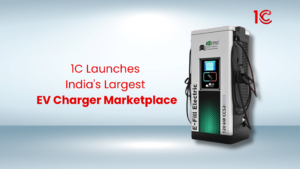
Menu
Menu
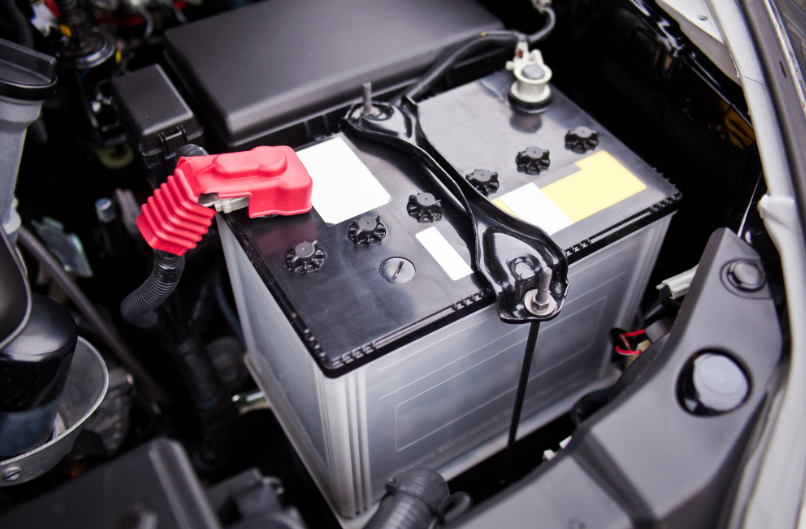
An automotive battery, also known as a car battery, is a rechargeable power source utilized to initiate a motor vehicle. Its primary function is to supply electrical energy to the electric starting motor, which initiates the chemically-powered internal combustion engine responsible for propelling the vehicle. There are 9 Different types of Automotive Battery which we will discuss in this article.
These car batteries are made to last a long time. People around the world use lead-acid car batteries. This battery has four main parts – positive plate, negative plate, separator, and electrolyte. They are kept together in a plastic container. You have to charge the battery to make it produce power.
Also, you need to give it more than 2.1 volts so that the current can flow through it. Once you charge a lead-acid battery, it can power other things and work for many hours. These batteries are popular everywhere because they are easy to use and not too expensive. Many experts think lead-acid batteries are the best for regular cars with internal combustion engines. These batteries provide power for everything, like starting the car and running electronic devices.
Advantages | Disadvantages |
Affordable | Requires maintenance (checking water levels) |
Widely available | Limited lifespan |
Reliable for starting vehicles | Heavy and bulky |
This battery type, known as lead acid, comes in sealed or flooded versions. They’re designed to last a long time due to their special build. These batteries have thick plates inside, along with dense paste and wide separators. They contain antimony in the alloys, making them suitable for deep cycle use. The thick plates help resist wear from repeated charging and discharging, making them perfect for marine vehicles, golf carts, and RVs. They can sustain power for a long time with a steady low current supply.
Advantages | Disadvantages |
Designed for continuous discharge and recharge | More expensive than standard car batteries |
Ideal for marine, RV, and renewable energy applications | Not suitable for starting vehicles |
Longer lifespan than regular car batteries |
SLI stands for Starting, Lighting, Ignition. These batteries are the most common type used in vehicles worldwide. These batteries are made to provide a big burst of power quickly, especially when starting the engine. After the engine starts, the alternator takes over, giving power to the car’s electrical systems and charging the battery again.
Advantages | Disadvantages |
Specifically designed for starting, lighting, and ignition (SLI) applications | Not designed for deep discharges |
Commonly used in conventional gasoline vehicles | May degrade if deeply discharged |
Provides high bursts of power | Limited cycle life |
VRLA battery means Valve Regulated Lead Acid Battery. It’s small and easy to store. They’re super safe and need very little upkeep. These batteries have a special valve system that helps manage oxygen. When the positive plate makes oxygen, the negative plate soaks it up, preventing too much hydrogen. This makes water, which keeps the battery moist.
There are two types of VRLA batteries, Gel cell and AGM (Absorbed Glass Mat). AGM batteries are better than Gel cells and regular ones. They charge 5 times faster and last 3 times longer. AGM batteries are great for cars with special features like brake energy recovery and automatic start-stop. Gel cell batteries are tough against bumps and vibrations and last a long time.
Gel cell batteries were created to be spill-proof versions of regular flooded batteries. These batteries are similar to flooded batteries, but instead of using antimony, they use calcium in the lead plates. They also add silica to the electrolyte solution, which turns it into a gel. This gel helps the battery last longer and makes it better at handling vibrations and shocks.
While you can still buy gel batteries, improvements in AGM batteries have made them more popular, reducing the use of gel batteries.
The AGM battery is a special kind of battery made for modern cars that need a lot of electricity. It’s similar to a regular wet cell battery, but it uses a fiberglass separator to hold the liquid inside. This type of battery works better than other kinds because it can charge much faster and last longer. It can also handle being used and recharged more times. The AGM battery is great for cars with features like automatic start-stop and energy recovery from braking. However, it can be more expensive, costing 40-100% more than regular batteries.
Advantages | Disadvantages |
Maintenance-free (sealed design) | More expensive than flooded lead-acid batteries |
Versatile applications (telecommunications, UPS, etc.) | Susceptible to thermal runaway if overcharged |
Minimal risk of acid spills | Limited to moderate current discharge rates |
These batteries have a special feature as they resist corrosion and stay strong even in high temperatures. The silver calcium battery technology makes them last longer and maintain strong starting power. However, they need a specific charging voltage and won’t work well in vehicles that don’t support it. It’s important to install these batteries only in vehicles designed for them. They are powerful, reliable, durable, and can handle corrosion and high temperatures.
Advantages | Disadvantages |
Improved performance and longevity compared to traditional lead-acid batteries | Higher cost than standard lead-acid batteries |
Less prone to corrosion | Sensitive to overcharging |
Low self-discharge rate | Limited availability compared to other types |
The EFB battery is a better version of the regular wet cell battery. It has a liquid inside but is sealed and made to last twice as long when used and recharged many times. The EFB battery can help start the engine about 85,000 times, while regular batteries can only do it about 30,000 times. It’s not as advanced as the AGM battery but is still a good choice for cars with basic start-stop features.
Advantages | Disadvantages |
Enhanced durability and cycling capabilities | Not as advanced as AGM or lithium-ion batteries |
Lower cost compared to AGM batteries | Requires periodic maintenance (checking water levels) |
Suitable for vehicles with start-stop technology | Limited availability in certain markets |
This special battery works for many small devices and electric cars. It’s called a lithium-ion battery, and it’s great because it’s small but holds a lot of energy. Inside, there are parts called the cathode and anode with something called lithium. The battery moves the lithium around, creating electricity. It’s light, charges fast, and lots of people like using it for cars, phones, and laptops.
Advantages | Disadvantages |
High energy density | Higher cost |
Lightweight and compact | Safety concerns (risk of thermal runaway) |
Longer lifespan compared to lead-acid batteries | Complex battery management systems required |
A sodium-ion battery is a type of rechargeable battery that uses sodium ions to store and release energy. It’s similar to the batteries in your phone or car, but instead of using lithium, it uses sodium. These batteries are being developed as an alternative to lithium-ion batteries because sodium is more abundant and less expensive. While they’re still in the early stages of development, sodium-ion batteries have the potential to be safer and more environmentally friendly than lithium-ion batteries.
Advantages | Disadvantages |
Abundant and inexpensive raw materials | Currently in early stages of development |
Potential for high energy density | Lower energy density compared to lithium-ion batteries |
Safer and more environmentally friendly than lithium-ion batteries | Limited commercial availability |
Nickel metal hydride batteries are getting popular because they work well and don’t rust. They’re commonly used in hybrid and electric cars. These batteries have a special mix inside: potassium hydroxide in the negative part and nickel hydroxide in the positive part. Plus, they can store a lot of energy and deliver it quickly. They’re mostly found in hybrid cars and last longer than other types of car batteries.
Advantages | Disadvantages |
Higher energy density than lead-acid batteries | Lower energy density compared to lithium-ion batteries |
Less prone to memory effect compared to nickel-cadmium batteries | Limited lifespan |
Relatively environmentally friendly | Sensitive to overcharging and high temperatures |
Car batteries come in various types, each with its own set of advantages and disadvantages. Lead-acid batteries, such as wet cell batteries, are affordable and reliable but require maintenance. Deep cycle batteries are ideal for continuous discharge and recharge, suitable for marine and RV applications. SLI batteries provide high bursts of power but are not designed for deep discharges. VRLA batteries offer maintenance-free operation but can be more expensive. Lithium-ion batteries are lightweight and have a longer lifespan but come at a higher cost. Each type of battery caters to different needs and preferences, providing options for consumers based on their specific requirements.
SLI batteries are specifically designed for starting, lighting, and ignition applications, making them ideal for starting vehicles.
Deep cycle batteries are designed for continuous discharge and recharge, making them suitable for deep cycle use in marine, RV, and renewable energy applications.
Yes, lithium-ion batteries are commonly used in electric vehicles due to their high energy density and longer lifespan compared to lead-acid batteries.
Sodium-ion batteries offer potential for high energy density and are safer and more environmentally friendly than lithium-ion batteries. However, they are currently in the early stages of development and have limited commercial availability.
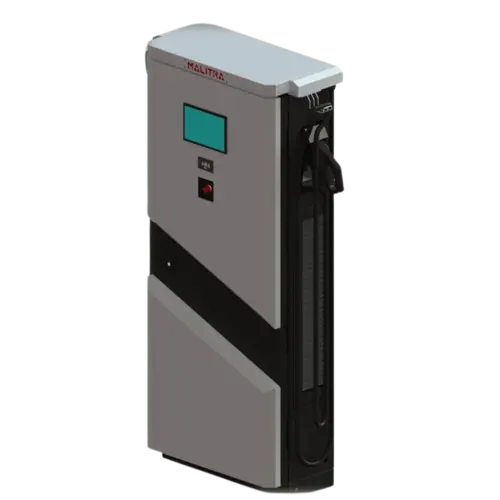
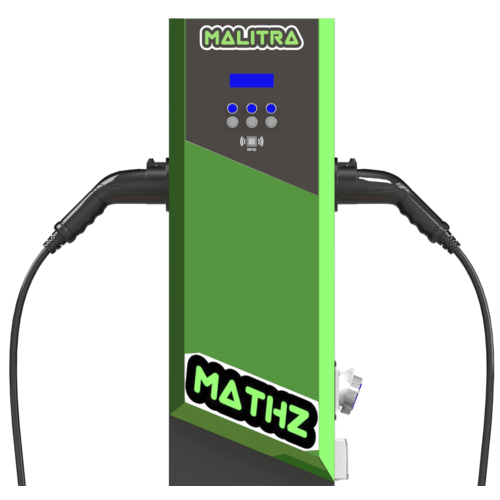
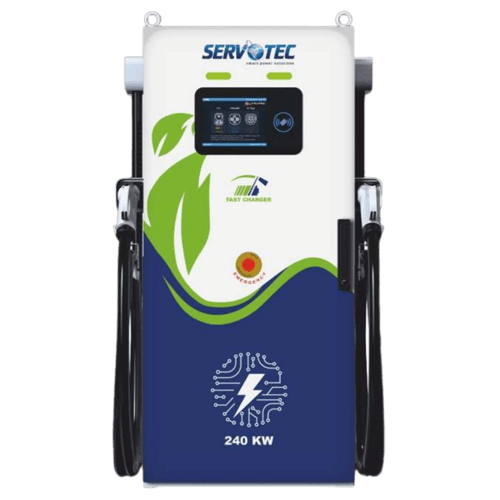
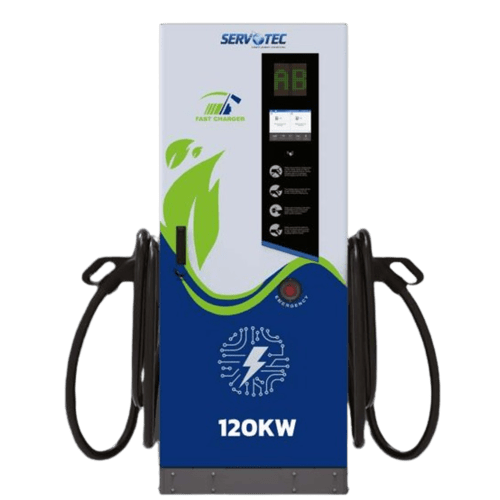
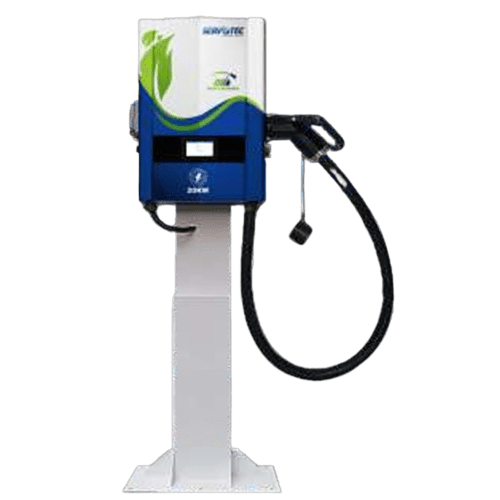
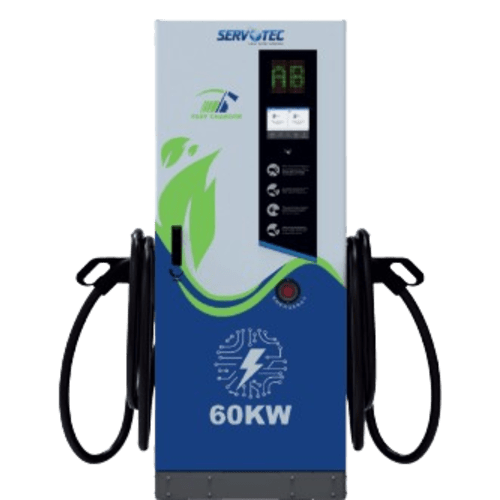
© 2024 Massive Mobility Private Limited. All rights Reserved